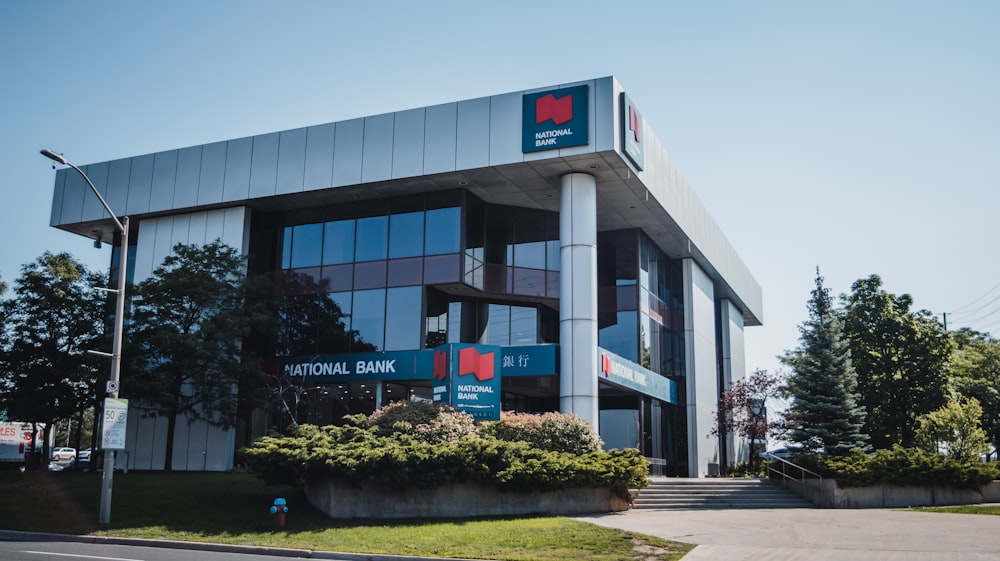The Impact of Too Big to Fail on Financial Stability
The Impact of “Too Big to Fail” on Financial Stability
Understanding the “Too Big to Fail” Phenomenon
The concept of “Too Big to Fail” refers to institutions, typically large banks, that are deemed so integral to the functioning of the financial system that their failure could have catastrophic consequences. This phenomenon gained prominence during the 2008 financial crisis when several major banks were bailed out by governments to prevent widespread economic collapse.
Challenges and Risks Associated with “Too Big to Fail”
One of the primary challenges posed by “Too Big to Fail” institutions is the moral hazard it creates. Knowing that they are considered indispensable, these banks may take excessive risks, knowing that they are likely to be rescued in case of failure. This behavior can contribute to systemic risk and financial instability.
Debate and Controversy Surrounding “Too Big to Fail”
The issue of “Too Big to Fail” institutions has sparked intense debate among policymakers, economists, and the public. Some argue that breaking up these large banks or imposing stricter regulations is necessary to prevent future crises and ensure a level playing field in the financial sector. Others contend that the benefits of size and complexity in these institutions outweigh









